
Insect Control
Keep the insects out
Do you think your home or business premises has an insect infestation? PJ Pest Control can get rid of all unwanted insects so that you can get on with your busy schedule.
Here is some general information about infestations we often deal with. If you would like more information, please PJ Pest Control today. We're available 24/7 and serve locations throughout Shropshire.
We can eradicate wasps, pharaoh
ants, red ants, cluster flies, owl midges, cat fleas, dog fleas, dried bean beetles, foreign grain beetles, merchant grain beetles and saw-toothed grain beetles.
Wasps
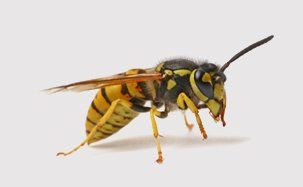
Try not to worry about single wasps. Larger numbers that persist could mean that there is a nest nearby or in your property. Nest sizes reach their peak in late summer, August and September. Many thousand individuals are often to be found associated with each nest.
Pharaoh Ants
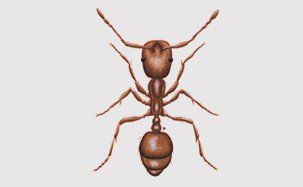
Granular or gel baits are available for pharaoh ant control. These should be laid where the ants are actively foraging and particularly with this ant species, treatment of adjacent properties may be advisable.
Red Ants
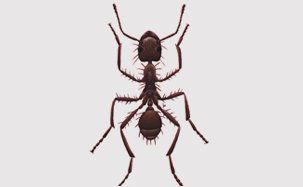
Barriers of insecticide may be utilised around strategic points on a property to prevent foraging workers gaining access. Good hygiene so as to reduce attraction for ants is also important. As nests are often within vegetation, an approved horticultural or agricultural insecticide may need to be used.
Cluster Fly
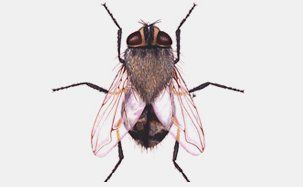
ULV treatment should prove particularly effective at knocking down the adult flies. In some situations, dichlorvos strips may also be used. ULV treatments are best carried out in late autumn or early winter when the majority of flies will have entered the property to stay over winter. A repeat treatment may be necessary in early spring, as temperatures rise and the flies begin to emerge from their overwintering sites and infest living quarters.
Owl Midges
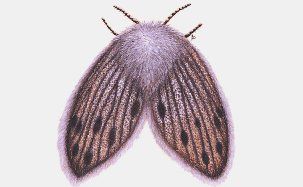
The application of a residual synthetic pyrethroid would be effective in controlling the adult flies, as would the application of ULV insecticide. Treatment consists of finding the source of the infestation and removing it if possible. However, if the source of the infestation is not identified and dealt with, the problem is likely to recur.
Cat Flea
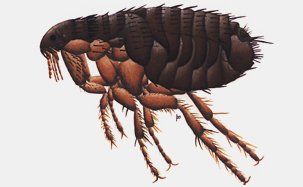
Control treatment consists of identifying the source of the infestation (such as animals) and if appropriate, treating it with a suitable veterinary product. Such a treatment should not be carried out by a pest control technician but by the owner of the animal or a veterinarian.
A residual insecticide should then be applied to areas frequented by the animal. A carbonate containing bendiocarb or a residual synthetic pyrethroid would be suitable for this purpose.
Dog Flea
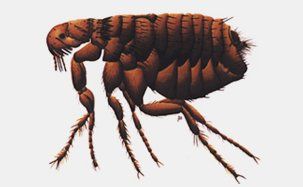
Control treatment consists of identifying the source of the infestation (such as animals) and if appropriate, treating it with a suitable veterinary product. Such a treatment should not be carried out by a pest control technician but by the owner of the animal or a veterinarian.
A residual insecticide should then be applied to areas frequented by the animal. A residual synthetic pyrethroid would be suitable for this purpose.
Dried Bean Beetle
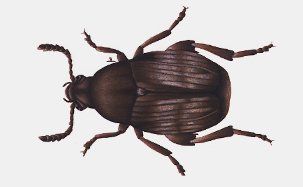
The structure and fittings of any infested areas - bases of equipment, pallets, cracks and crevices - should be treated with a residual insecticide. This treatment may be supplemented with the use of an ultra-low volume insecticide application.
Foreign Grain Beetle
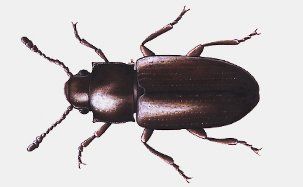
The structure and fittings of any infested areas - bases of equipment, pallets, cracks and crevices - should be treated with a residual insecticide. This treatment may be supplemented with the use of an ultra-low volume insecticide application.
Merchant Grain Beetle

The structure and fittings of any infested areas - bases of equipment, pallets, cracks and crevices - should be treated with a residual insecticide. This treatment may be supplemented with the use of an ultra-low volume insecticide application.
Saw-Toothed Grain Beetle

The structure and fittings of any infested areas - bases of equipment, pallets, cracks and crevices - should be treated with a residual insecticide. This treatment may be supplemented with the use of an ultra-low volume insecticide application.



